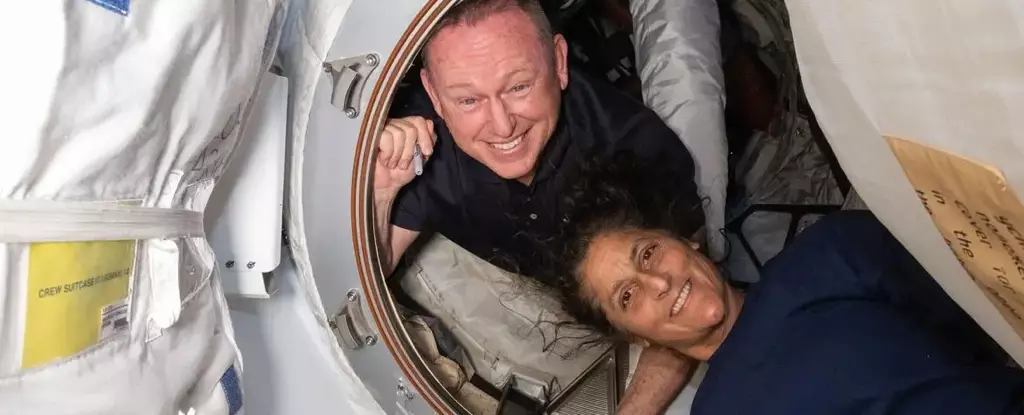The recent announcement from NASA regarding the two US astronauts, Barry “Butch” Wilmore and Sunita “Suni” Williams, who arrived at the International Space Station aboard Boeing’s Starliner, has stirred up quite a commotion. Due to thruster malfunctions of the Boeing spacecraft, their return home has been postponed, and they will now have to stay six more months on the ISS and return with rival SpaceX in February. This decision has undoubtedly dealt a fresh blow to Boeing’s already crisis-hit reputation.
NASA administrator Bill Nelson emphasized the importance of safety in space flight and justified the decision to keep the astronauts on the ISS while returning the Starliner uncrewed as a measure to minimize risks. While this may seem like a logical move from a safety standpoint, it has raised questions about Boeing’s capabilities and reliability in the aerospace industry. The extended stay of the astronauts from eight days to eight months is not only an inconvenience but also reflects poorly on Boeing’s ability to deliver on its promises.
The troubles with the Starliner spacecraft began soon after its launch on June 5, with helium leaks and issues with the reaction control thrusters hampering its journey to the ISS. Despite efforts to diagnose and fix the problems, NASA had to put the astronauts’ return on hold indefinitely due to concerns about the spacecraft’s propulsive power. This setback has cast a shadow over Boeing’s reputation as a leading player in the aerospace industry and raised doubts about the future of its space exploration endeavors.
In a surprising turn of events, NASA and SpaceX have collaborated to ensure the safe return of the stranded astronauts. The SpaceX Crew-9 mission will now take off in late September, carrying only two passengers instead of the planned four, to accommodate Wilmore and Williams on their journey back to Earth. This partnership between NASA and SpaceX highlights the reliability and flexibility of SpaceX’s crewed missions and underscores Boeing’s struggles to match up to its competitor in the space exploration domain.
The prolonged stay of the astronauts on the ISS and the reliance on SpaceX for their return have not only raised concerns about Boeing’s spacecraft but also tarnished its image in the aerospace industry. With safety and quality control issues plaguing Boeing’s airplane arm in recent years, the Starliner debacle adds another blot to the company’s track record. The competition with SpaceX, which has outperformed Boeing in crewed missions to the ISS, further underscores Boeing’s challenges in regaining its footing in the space exploration market.
The saga of the Starliner astronauts’ extended stay on the ISS serves as a cautionary tale for Boeing and other aerospace companies about the critical importance of safety and reliability in space exploration. As NASA continues to collaborate with SpaceX for crewed missions, Boeing faces an uphill battle to rebuild trust and credibility in the aerospace industry. The setbacks with the Starliner spacecraft highlight the unforgiving nature of space flight and the need for rigorous testing and monitoring to ensure the safety of astronauts and the success of missions.
The decision to keep the Starliner astronauts on the ISS for an extended period and return them with SpaceX underscores the challenges faced by Boeing in the aerospace industry. The focus on safety and risk mitigation is commendable, but the implications of this setback on Boeing’s reputation are undeniable. As the aerospace giant navigates through this crisis, it must address the underlying issues with its spacecraft and reaffirm its commitment to excellence in space exploration.

